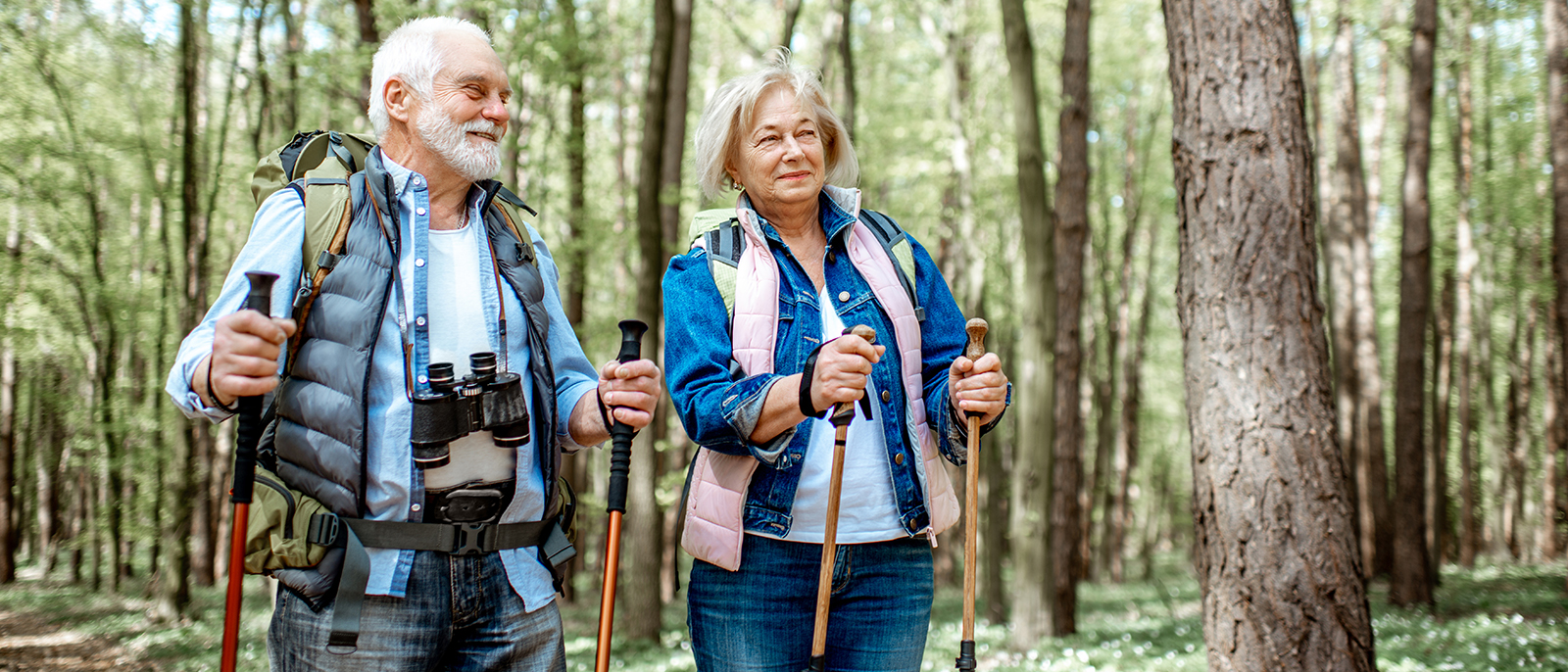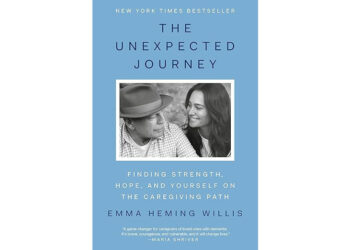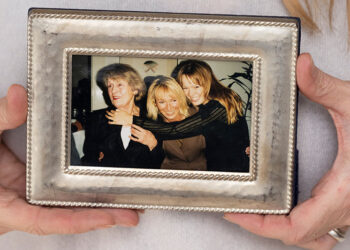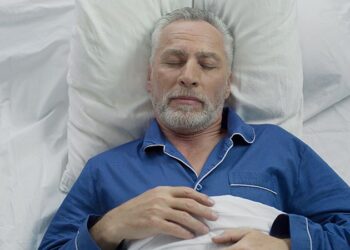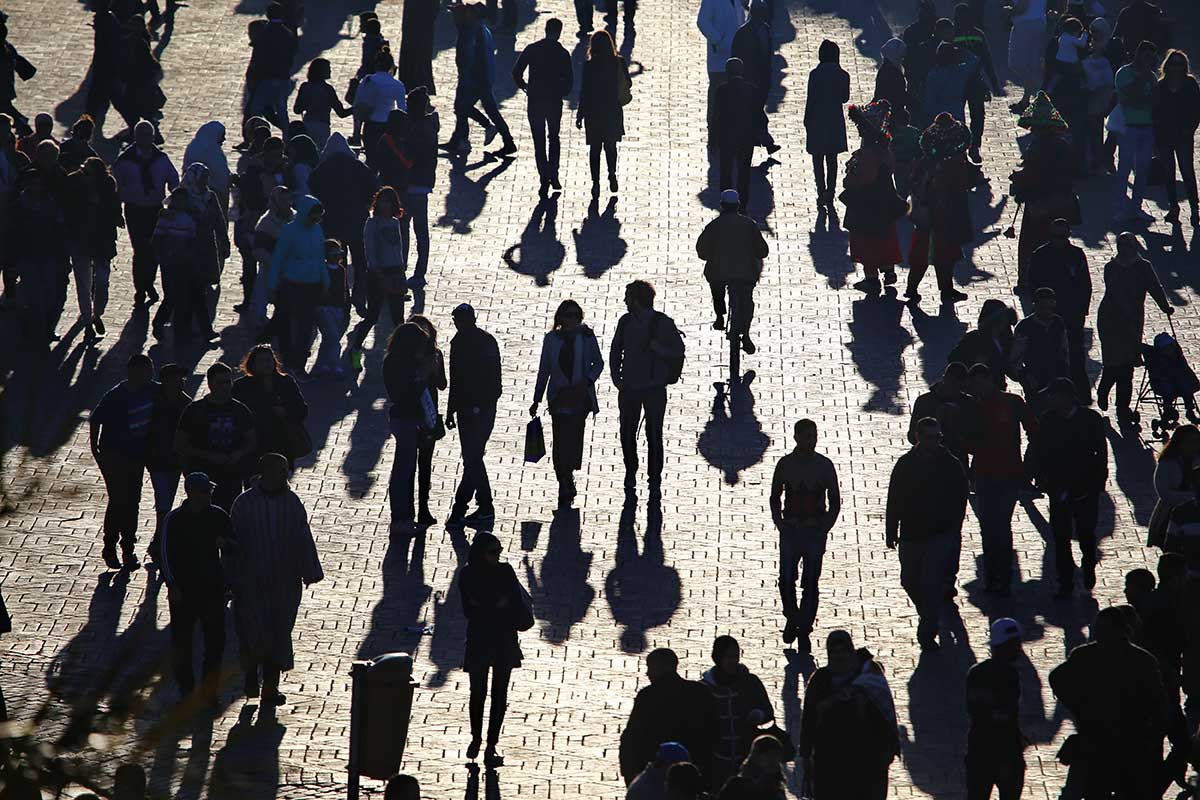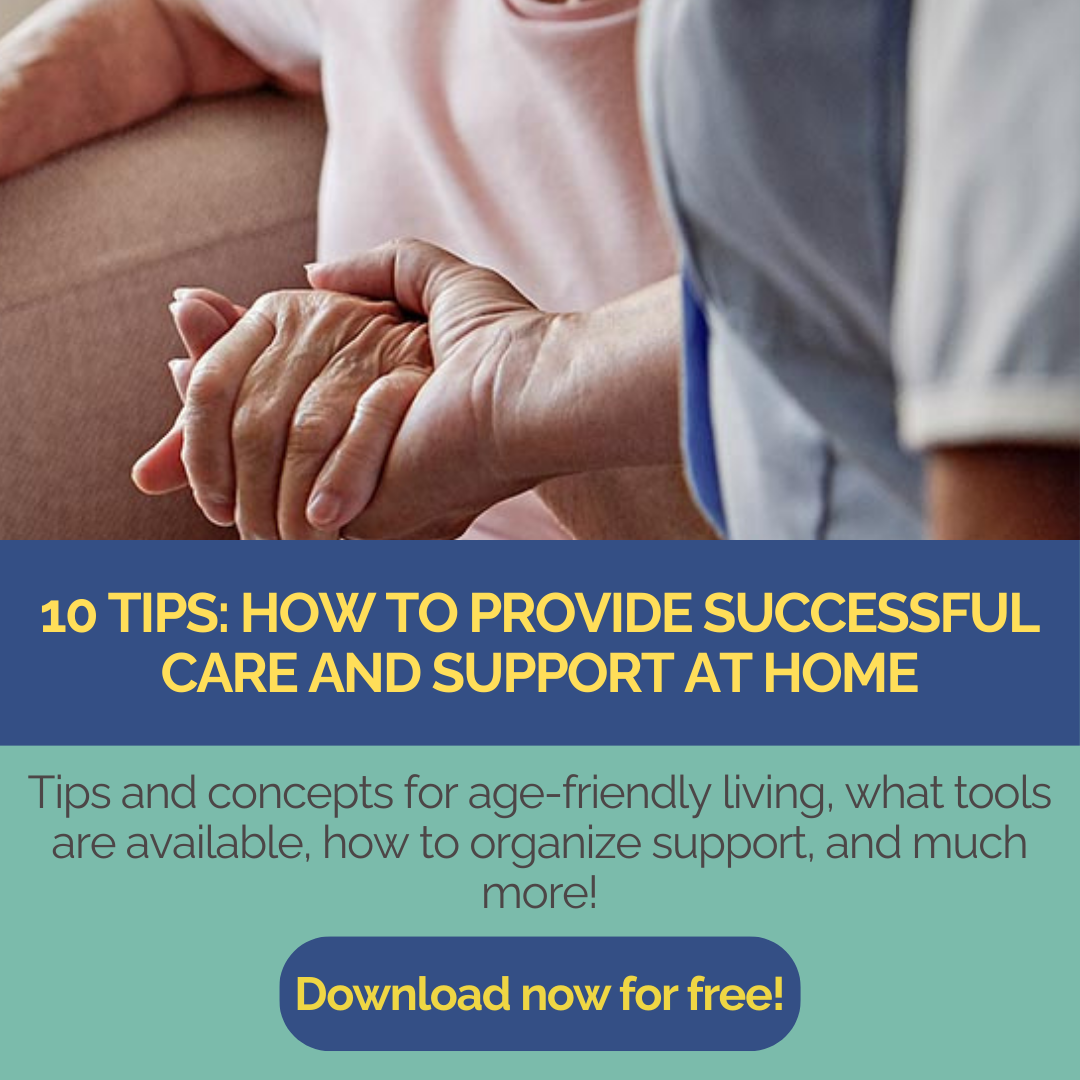Health promotion, prevention, early detection and strengthening personal responsibility are important drivers for a good quality of life in old age. The aim is to enjoy retirement as independently and healthily as possible. Women are particularly affected: What should they pay attention to in order to stay healthy for as long as possible?
We asked Prof. Dr. Sabine Ludwig, MSc, MA about this: She heads the Institute for Diversity in Medicine at the Medical University of Innsbruck and, together with Prof. Dr. Ilona Kickbusch, is the founder of the German section of “Women in Global Health.”
Why we are dealing with this topic:
- Care will increasingly take place at home due to the shortage of skilled workers: There are too few care places, and the baby boomer generation is currently retiring. And there are not enough nursing staff to meet the high demand on the market.
- Women live longer than men, and their partners are often 4-5 years older. This means that women are particularly affected by this development.
- In addition to structural measures to enable age-appropriate living, we also want to use this interview to highlight the need for prevention and personal responsibility: We can only maintain a good quality of life in old age if we stay healthy and fit for as long as possible.
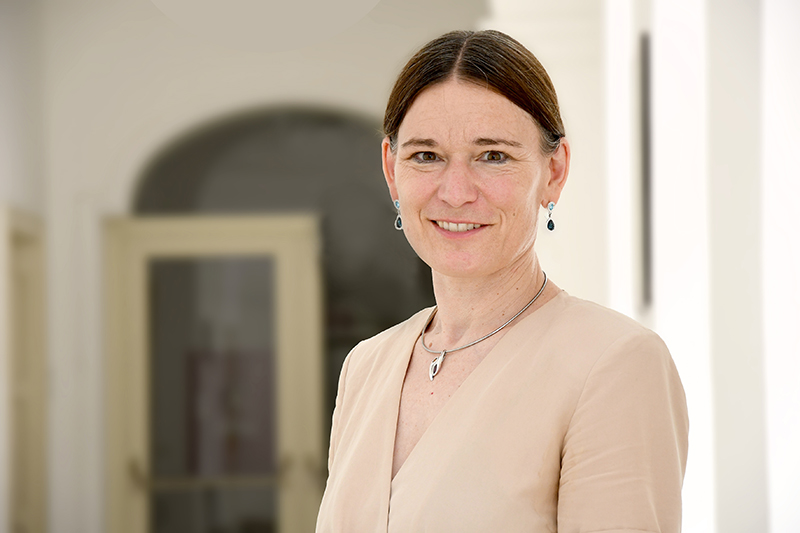
SBC: Prof. Ludwig, you are an expert in gender- and diversity-sensitive medicine. Which diseases are particularly common among women?
Ludwig: Cardiovascular diseases are the main cause of death for women, but also for men. The risk of these diseases increases after the menopause, and this is still often underestimated. It is important to make women aware of this, as we see differences in the symptoms of heart attacks, for example. This can be fatigue, but also pain in the jaw, upper abdominal pain. It is not always immediately clear that this is a heart attack.
Mental illness and dementia are also a major issue. Depression is more common in women than in men across all age groups. However, completed suicides, i.e. suicides that lead to death, are higher in men than in women. However, we see more suicide attempts among women. The issue of isolation and loneliness also plays a major role here. We are seeing more and more women living alone in old age because their partners have already died. Men are generally 4-5 years older than their partners and have a lower life expectancy.
When it comes to musculoskeletal disorders, osteoarthritis is much more common in women than in men, as are all autoimmune diseases such as rheumatoid arthritis. Osteoporosis also plays an important role and is more common in women.
SBC: What are the risk factors and what can women do to stay healthy for as long as possible in old age?
Ludwig: There are some risk factors that you should keep an eye on. These include, for example, inactivity, i.e. insufficient exercise, diet, but also smoking and alcohol consumption. These can contribute to the development of dementia. We assume that around a third of dementia cases can be attributed to these risk factors.
We are currently seeing a worldwide increase in diabetes related to obesity and overweight. There is no major difference between women and men in the incidence of diabetes, but it is of course a major problem for women in old age. Overweight and obesity are basically risk factors for chronic diseases and therefore also for cancer. It is estimated that around 40% of cancers could be prevented through a healthier lifestyle.
It is therefore particularly important to pay attention to your diet. Women already eat fruit and vegetables more often than men and are more likely to follow a vegetarian diet, as data from population studies show. Incidentally, alcohol is more harmful to women than men, even in small doses.
In terms of prevention, I recommend regular screening for bowel and breast cancer. Breast cancer is the most common type of cancer in women, closely followed by bowel cancer and lung cancer. It is important that women are screened regularly from a young age. The good news: compared to men, women are more willing to take preventive measures and go to the doctor more often than men.
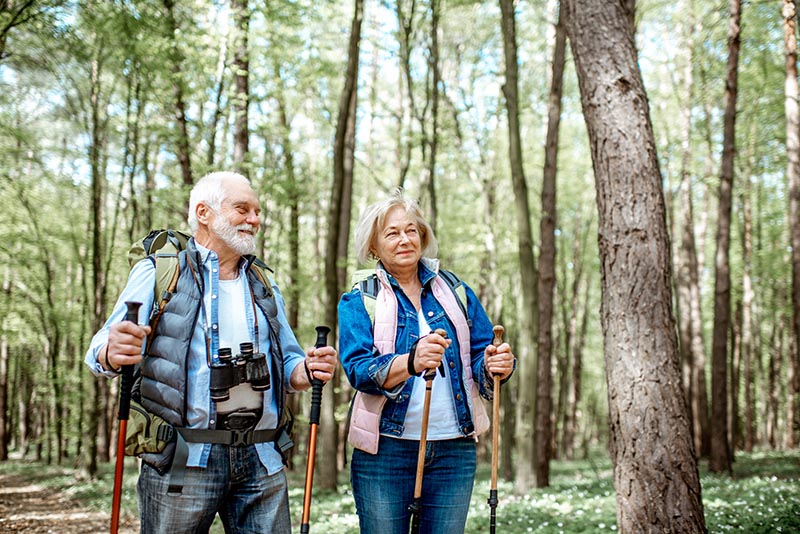
SBC: What about musculoskeletal disorders? What needs to be considered here?
Ludwig: Osteoporosis is often associated with a fear of falling. Older women in particular are afraid of falling. This then leads to them being less physically active. This is a negative spiral, as physical activity is very important in old age. The medical profession also has a role to play here when older women come for consultations. It is important that their concerns are addressed more and that their fear of falling is taken away.
SBC: You said that loneliness is an important factor. So a healthy lifestyle with sufficient exercise and a healthy diet also includes maintaining social relationships?
Ludwig: Loneliness is a major issue in old age. The population surveys conducted by the Robert Koch Institute, for example, show a correlation between loneliness and health status. Social isolation can therefore be seen as a risk factor.
SBC: Apart from the things we can do personally to grow old in a healthier way: What changes are needed at a societal level?
Ludwig: Overall, we need to think much more about prevention and health promotion. A lot is happening here in the area of workplace health promotion. However, we also need more concepts to reach people who are no longer in work. We need to think about and establish health-promoting processes in the context of care, among other things, so that people can stay at home for as long as possible and don’t have to go into a care home.
Education also comes into play here. A low level of education is a risk factor for dementia and many other diseases. Creating health literacy among the population is therefore essential. During the COVID pandemic, for example, we saw that people with a low level of education were also more likely to fall ill. This was also attributed to lower health literacy, among other things. Some information was also not translated and therefore not communicated.
SBC: Let’s stay with the concept of rehabilitation and physical fitness. How much exercise do we need to stay fit?
Ludwig: Staying physically active is very important; physical inactivity is a major risk factor for illness, especially in old age. The World Health Organization (WHO) has developed activity recommendations for different age groups. Adults are recommended to be active for at least 150 minutes every week. (Source: www.who.int)
And unfortunately, especially after Covid, we are seeing a decline in activity among young people: a large proportion do not meet the WHO recommendations. A recent study shows that 85% of young women do not get enough exercise. And what starts in adolescence often continues into adulthood.
SBC: In addition to physical activity, cognitive activity is often discussed – i.e. training the brain to maintain performance in old age.
Ludwig: Regular exercises are useful to maintain cognitive abilities. For example, playing memory games with the grandchildren, solving tricky tasks and puzzles, or reciting poems. It’s all about continuing to train the brain and keeping it fit.
When you live alone, you are often socially isolated. The TV may be on in the background, but otherwise you have very little contact. As a result, the brain is less challenged.
SBC: Are there any topics and messages that are still important to you in connection with ageing?
Ludwig: The issue of old-age poverty is another important topic for me, and the pension gap should be mentioned here. According to data from Statistics Austria, this is 42.1% in Austria, which means that women in Austria have an average gross old-age pension of €1,219 and men €2,104
This pension gap is partly due to the persistent gender pay gap, which at around 18% is very high in Austria compared to other European countries. According to data from the European Federal Statistical Office for 2022, this is only higher in Estonia at around 21%. Gender pay is also high in Germany and Switzerland compared to other countries, while in Italy it is around 4%. Women therefore have less income at their disposal, which can lead to barriers to accessing healthcare, such as co-payments for medication.
SBC: This is problematic, as the increase in care at home also means that private households have to bear more costs. Poverty in old age also means being able to afford less care support.
Ludwig: This gender pay gap means that women have less income available to them throughout their lives. The risk of poverty is therefore higher for women in old age than for men. In Austria, 26% of retired women living alone are at risk of poverty, compared to only 15% of men.
More women continue to work part-time than men. The reason for this is usually to look after children or care for relatives, and this reduction in working hours has an impact on pensions. In addition, it is still often taken for granted that the man works full-time and the woman looks after the family.
SBC: You worked for the European Commission in Beijing for several years and were active internationally. How do people in Asia deal with the issue of ageing?
Ludwig: In traditional societies such as in some countries in Asia, for example, several generations often still live under one roof, which means that care can be handled differently than here. We often live in isolation, with the mother or parents living in their own home. In China, for example, mothers often go back to work 3 to 4 months after giving birth and the grandmothers look after the children for the first three years. In our country, this is implemented in multi-generational homes, and I think that’s very nice. It’s good for old people to have contact with children. I think that in future, we need to think much more about this common, human aspect. For example, volunteer work such as reading aloud in elementary school.
In Japan, for example, residential compounds often have day care centers in addition to childcare facilities. The family members who need care are taken there in the morning and are given food, do arts and crafts and sing together. They are picked up again in the evening. This relieves the burden on relatives.
What is also remarkable: In Asia, exercise and healthy eating are well integrated into everyday life for a large proportion of the population, with older people in particular practising tai chi in parks very early in the morning. Among other things, this keeps them fit and agile into old age. Traditional Chinese medicine is also integrated into everyday life. If you fall ill, you often first visit a doctor of traditional Chinese medicine. Nutrition is an important element of therapy here and is also used to help people get well again.
SBC: The diet in Asia is fundamentally different to that in Europe.
Ludwig: We also drink a lot of tea and slightly fewer cold drinks and eat more vegetables and rice. This is good for our health. We can learn a lot from other societies about how to maintain our health and fitness.
Thank you very much for the interview!
Univ.-Prof.in Dr.in Sabine Ludwig, MSc, MA is Professor of Diversity in Medicine and heads the Institute for Diversity in Medicine at the Medical University of Innsbruck.
Ludwig holds a doctorate in gender medicine, medical education research, women’s health and public health from Charité – Universitätsmedizin in Berlin and has worked internationally: after completing her studies, she worked for the European Commission in Brussels and Beijing and for the United Nations in the health sector. After a six-year stay in China, she worked as a research assistant at Charité – Universitätsmedizin Berlin and at the Robert Koch Institute as coordinator and expert for the Women’s Health Report for Germany. She is also one of the founders of the German section of “Women in Global Health.” More about Sabine Ludwig at https://experts.i-med.ac.at/experte/sabine-ludwig/
Author: Anja Herberth
Chefredakteurin


